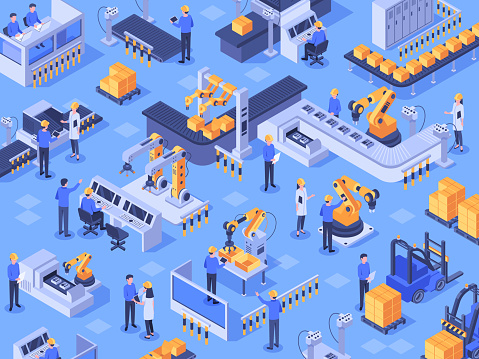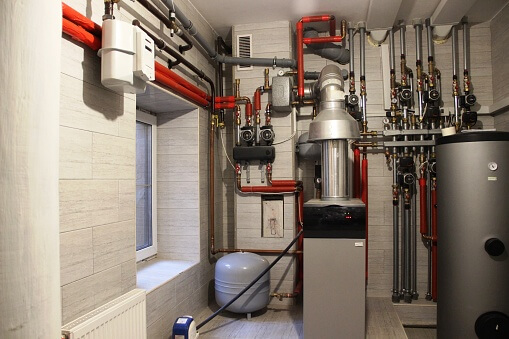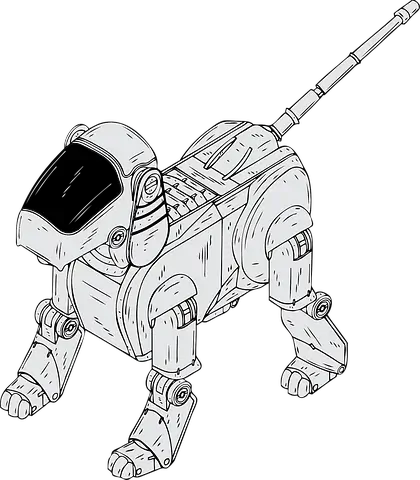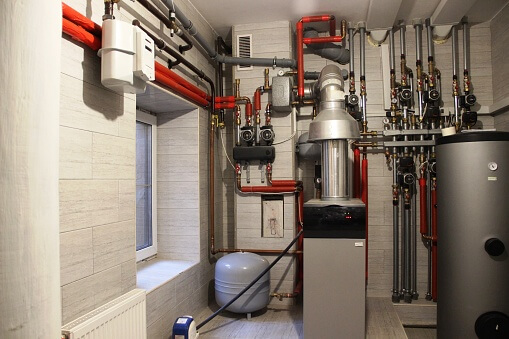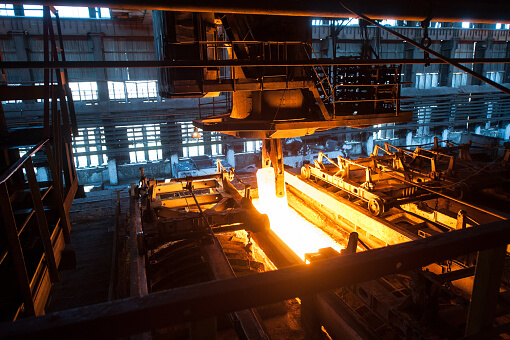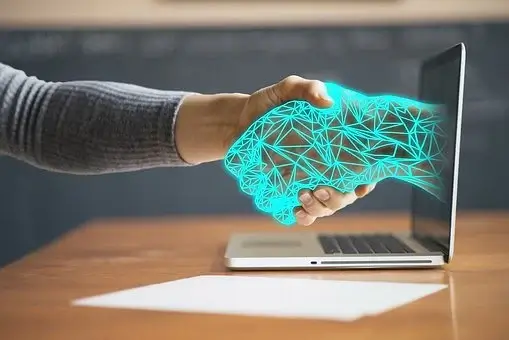Manufacturing Processes Virtual Lab
Machines are inevitable & vital part of today’s manufacturing arena. The most common operations in the manufacturing unit are performed by operating on Lathe machines & CNC turning. The lathe machine removes excess material from the rotating workpiece with a hard cutting tool. The primary function of CNC is to control the machine tool, and in-process compensation, and improve programming, operating features, and diagnostics. CNC is widely used for lathe, drill press, milling machines, grinding units, laser, sheet-metal press working machines, etc. Participants can analyze these processes through Tool Motion Controller and CNC Simulator and understand the basic principles of working.
